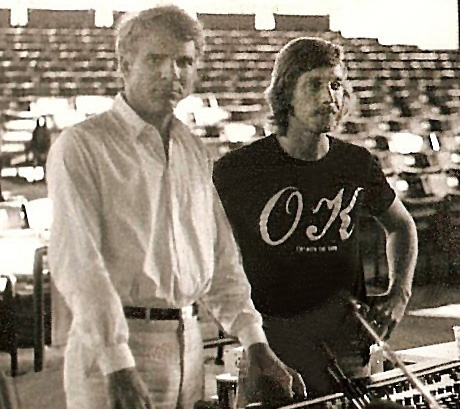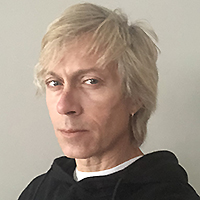If there’s a common thread in Greg Carttar’s lengthy and diverse career in professional audio, it’s his ability to adapt to changes and find ways to expand his company, 3rd Street Research and Development, in situations some might see more as a challenge than an opportunity for growth.
Since founding the company in 1974 in Lexington, NE, Carttar has diversified substantially but insists: “RF, audio, lighting, video, networking – to me its all part of the same world. All these disciplines are interrelated. Radio’s different because it goes through the air instead of through wires, but there’s commonality.”
Carttar started out in Wichita working for his father’s company, Kansas Two-Way Radio, which maintained and installed non-tactical radio systems at McConnell Air Force Base, at missile silos in the surrounding area, and ham [amateur] radio repeaters for storm/tornado warnings.
In his teens during the 1960s, he started working with sound at his church. “Nothing spectacular,” he says. “Altec’s A7 [loudspeaker] was the pinnacle at the time, but my father did the early service and I did the late one and ran lights, so I got a sense of production.”
After his father sold the business the family moved to Lexington and radio fell off Carttar’s radar for a time while he worked at Plectron Communications, a manufacturer of fire alert receivers/terminals. It was a job he took, he adds, essentially to raise money to build his first sound system.
Still, he maintained an interest in communications and ham radio and, just as importantly, a fascination with music and for how instruments blended together. Consequently, at the outset of the 1970s he imagined he’d build stereo equipment and instrument amplifiers. After being contacted by a local band asking for help, however, Carttar saw a better opportunity.
“I’d built a little 8-input mixer because I couldn’t afford to buy anything,” he explains. “It turned out this band had a gig opening for David Loggins, but no PA. They asked me to put a PA together so I went to all the music stores in Lincoln, got a pair of horns here, a couple of bass cabinets there and did my first show in 1974.”
Following that he contacted a high school friend, Brock Jabara – who co-founded Superior Sound and later Galaxy Audio with Jim Pearce – and bought some gear to continue the Loggins tour: “A couple of bass cabinets, a pair of horns with JBL 2482s in them and Electro-Voice T350 tweeters.”
Climbing The Ladder
His early efforts were also informed heavily by his relationship with Stanal Sound, founded by mix engineer Stan Miller, noted for his long-time work with Neil Diamond. That said, while Carttar valued the knowledge and input of the sound company, when an opportunity came up to provide audio infrastructure for a new western Nebraska country music venue in early 1975, he pursued it even though the folks at Stanal cautioned against doing so.
“They were talking about this music park – what a mess it was and how they weren’t going to do it – so I said, ‘Do you mind if I give it a shot?’ They said, ‘We don’t think you should.’ But I did, with help from Stanal and Superior Sound, and lo and behold the place went ‘tits up’ within four weeks.”
Fortunately Stanal was overbooked at the time and offered Carttar gigs with Tanya Tucker, Captain and Tennille, and a show at the Red Rocks amphitheater with Judy Collins. It was there he met promoter Lou Robin, who would soon become highly influential in his career.
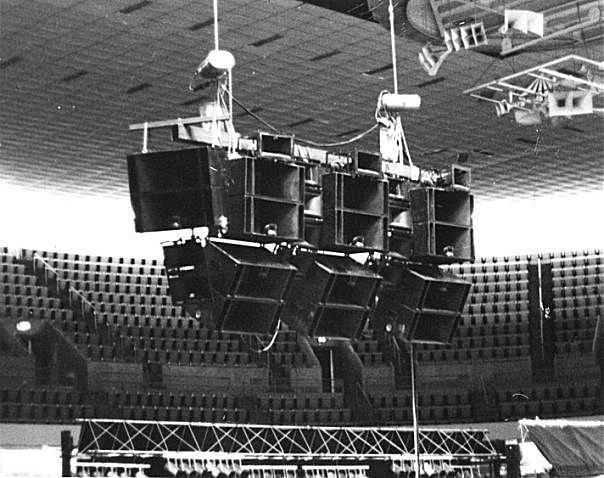
“But that wouldn’t have happened if it hadn’t been for Stanal and Stan Miller,” he is quick to note. “I’ve got nothing but love for those folks. I am where I am because of this funny little sequence of things that went on. They’re all still valued friends, especially Chris Foreman, BJ Alexander, and Monte Krabiel.”
Carttar’s fledgling enterprise picked up more projects such as providing sound for Nebraskan C.W. McCall of “Convoy” fame and other business through Robin; the first being a tour featuring Johnny Rodriguez, Tammy Wynette and Asleep at the Wheel.
“I was still using some home-built amplifiers but went out on that tour and just barely survived it,” he says. “Then a few months later, Lou called again and asked if I knew this weird comedian with an arrow through his head.
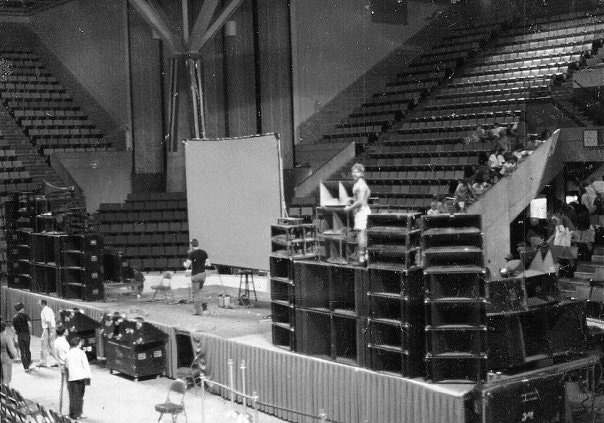
I’d watched Steve Martin’s HBO special 50 times, I swear to God, so I said, ‘Steve Martin.’ Lou said, ‘Yeah, you know him? He’s touring. Do you want to do it?’”
Carttar poured every bit of money he had into the PA for Martin’s show, and with the help of Stanal and Superior Sound, it paid off. The tour exploded, going from small auditoriums to arenas in short order and becoming the highest grossing U.S. tour of 1978.
“It was a crazy tour. Two microphones and a gigantic PA for clarity and articulation in big halls. I repaid the favor to Stanal by insisting that they were hired whenever we had to fly a system.”
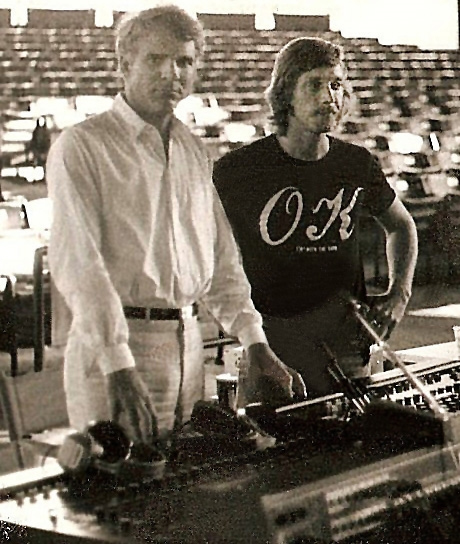
Carttar recalls that Martin would incorporate spontaneous events, including technical difficulties, into his act. “It’s a funny story. We sold out Nassau County Coliseum for three shows and everybody who was anybody in New York wanted comps.”
Consequently, Martin then booked a “comps-only” show at Carnegie Hall with The Blues Brothers as the opening act. Early in his set, Martin pointed at the monitors and Carttar realized his brother, Larry, had only plugged in one of them.
“Larry was doing monitors,” he continues, “And Steve’s road manager was like, ‘Larry, go out and fix that.’ Larry was trying to keep his head down and stay out of the way, but Steve’s running around with an Instamatic [camera], laying on the ground popping pictures up at him, so Larry turns around and bends over to plug in the monitor.
He was a bit heavy at the time so he ‘butt cracked’ the audience and they went insane. Steve sees what’s going on and starts taking pictures of Larry’s butt while he’s trying to get this monitor plugged in. With Steve, it didn’t matter if something went wrong as long as it could be turned into comedy. I had an enormous amount of fun doing that.”
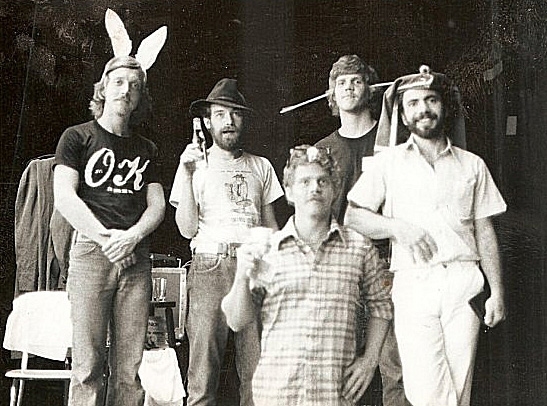
The next big break was getting the Johnny Cash tour, again through Robin, Cash’s agent. “Cash had been a Stanal and then a Carlo Sound account, but when Carlo landed The Little River Band’s 1979 tour, it took all their resources, so Lou called and asked, ‘Do you want Johnny Cash?’”
Carttar didn’t mix Johnny Cash personally because he was already touring with The Statler Brothers, the Oak Ridge Boys and others at the time. For Cash, he deployed a proprietary PA he’d built then sold to Silvertrain Sound in Lawrence, KS, and then repurchased when that operation folded. He also hired technicians from the defunct company, Kent Elliot and Steve Tomek (and later, Larry Johnson) to run it.
“That system and those guys went out with Johnny Cash for 18 years,” he notes, “and nobody could have had better techs.”

